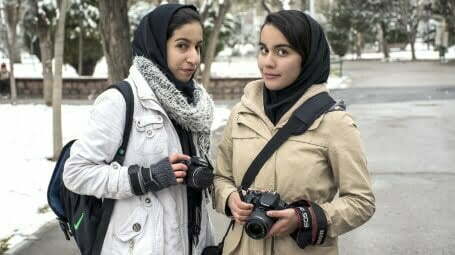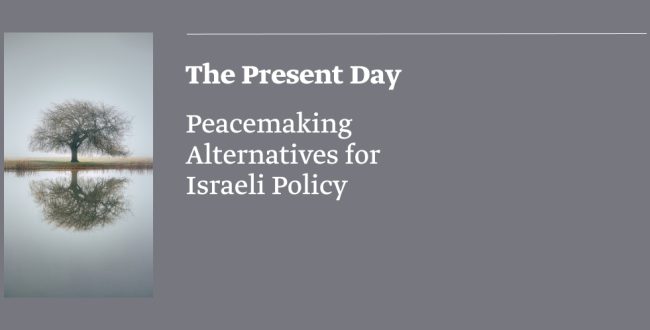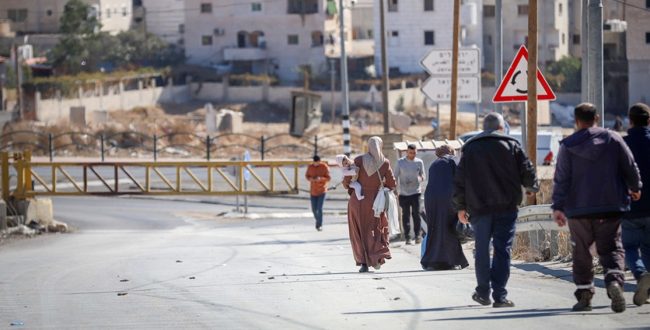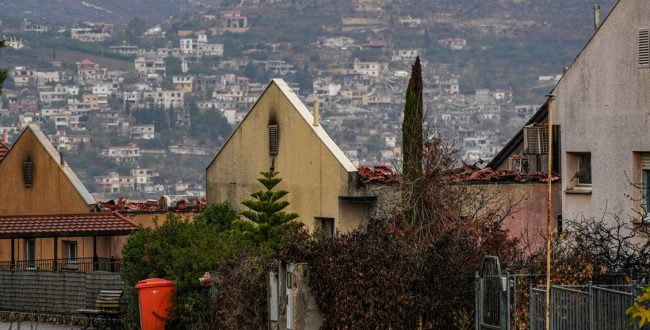Last August, Iranian president Hassan Rouhani brought his new cabinet before the parliament, or Majlis, for approval following his election for a second term in office. Despite massive pressure by Reformists and women’s rights advocates to appoint at least three women as ministers, Rouhani chose to avoid confrontation with the conservative religious establishment. Instead, he appointed two women as vice presidents, one for legal affairs and the other for family and women’s affairs, and another as presidential advisor on civil rights – all positions that do not require parliamentary approval.
Rouhani was harshly criticized for his all-male cabinet, and responded by declaring a commitment to reaching a 30% rate of women’s participation in top public positions in the coming years. Vice President Eshaq Jahangiri also stressed that the president had urged his ministers to appoint female deputies.
Although poorly represented on the national level, Iranian women are steadily gaining political power locally. In the city and village council elections held last May alongside the presidential election, eight women were voted mayors or heads of city councils. They include Faezeh Abdollahi, head of the Gorgan (pop. 300,000+) council in the northern province of Golestan; Soosan Soleiman-Abadi, head of the Kangavar (pop. 80,000+) council in the western province of Kermanshah; Parisa Inanlou, head of the Robat Karim (pop. 70,000+) council in the southwest of the Tehran Province; Setareh Fatah-Pour, head of the Sardasht (pop. 40,000+) council in the province of West Azerbaijan; and Zahra Khatami-Monfared, head of the Mahajeran (pop. ~20,000) council in the Markazi Province.
Faezeh Abdollahi of Gorgan told the press that it was her fellow council members who had encouraged her to run for office – a testament to women’s growing freedom to apply for top positions in Iran. Abdollahi noted that although the public drive for women in government had not been fulfilled under Rouhani, its impact was felt in the election of more women as local leaders.
Fatah-Pour, head of the Sardasht council, told Reformist newspaper E’temad that her track record as local principal and council member had boosted the faith of the residents and of her council colleagues in her.
In all of Iran’s big cities with more than one million residents – Tehran, Isfahan, Tabriz, Shiraz, Mashhad, Karaj, Hamadan – the mayors remained men. However, the number of women on city councils rose considerably, including in Tehran, where Reformists won all 21 seats, six of them allocated to women.
While Iran’s conservative establishment remains staunchly opposed to inclusion of women in national politics, is it less antagonistic towards their growing local power. This means more opportunities for women to take on leadership roles throughout the country, thanks to social and demographic shifts that are changing male views of the issue.
Iranian cleric Hojjat ul-Islam Rahmatollah Bigdeli, from the central council of the Reformist National Trust Party, recently voiced support for this trend. In fact, he spoke about against aspersions cast on women’s ability to lead, noting that thousands of men had been found to fail in these roles. Bigdeli identified three major areas of change needed to enable more female leadership in Iran: removing cultural obstacles to the advancement of women; providing women with professional leadership training; and setting minimum legal quotas for women’s participation, including in political parties, city councils and national government.
Despite some progress since the Islamic Revolution, Iranian women still suffer from discrimination in many walks of life. In addition to legal restrictions, they also face more financial difficulties than men. According to figures recently published by the Statistical Center of Iran, women are twice as likely as men to be unemployed: 42% of women between the ages of 15 and 29 are unemployed, as opposed to 20.3% of their male peers, and only 15.2% (as opposed to 64% of the men) take part in the workforce.
Nonetheless, more women are taking on prominent public positions and going to university; they currently make up 60% of Iran’s student body. Meanwhile, advocates for women’s and human rights are demanding amendments to legislation that discriminates against women in various fields, including their legal status, rights in the areas of marriage and divorce, integration in the labor market, the enforcement of hijab and participation in politics.
Meeting the growing public demand for equality will not be easy. The religious establishment is fiercely opposed to such a shift, fearing that a sea-change in attitudes towards women may shake the very foundations of the Revolution. Yet gradual changes are taking place in Iranian society and women are increasingly coming to the forefront, while pressure rises on clerics and politicians to adapt legislation to the new reality. Having more women head small cities will not immediately open the door to national politics, but may be an important stepping stone for improving the status of women in the Islamic Republic.
Translated by Michelle Bubis

















